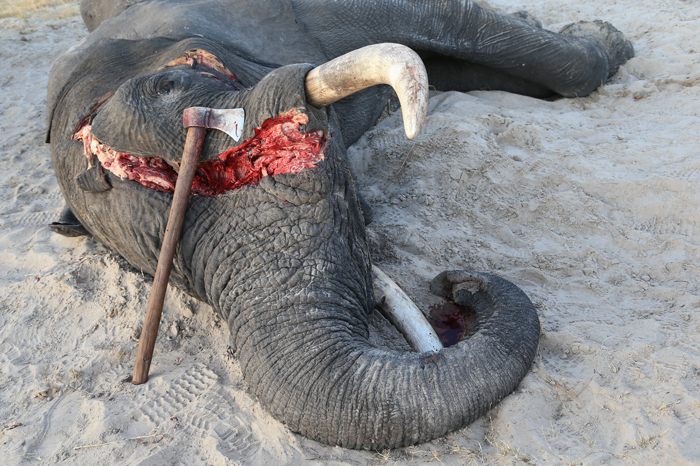A non-governmental organisation working globally on trade in wild animals and plants, TRAFFIC, has said that it obtained valuable new insights into the organisation, activities and modus operandi of criminal operations, thanks to the voluntary co-operation of 73 offenders imprisoned in South Africa for wildlife crime offences.

The new study, titled: “Insights from the Incarcerated: An assessment of the illicit supply chain in wildlife in South Africa”, builds on earlier interviews with the same offenders to understand their motivations in engaging in wildlife crime.
Almost three-quarters of the offenders had been imprisoned for rhino-related crimes, the remainder for abalone- and cycad-related offences. The offenders represented 49 unique court cases concluded between 2009 and 2019.
The latest study examines how illegal wildlife products are sourced – ranging from diving at night for abalone, killing of rhinos and hacking off their horns, through to digging up cycad plants. Sometimes those employed as cycad diggers were not told and were unaware what they were doing was illegal.
Poachers were almost all from marginalised communities with little access to alternative economic opportunities who often switched roles – from poaching to driving or concealing products as circumstances changed, displaying high levels of fluidity.
The lure of more money also encouraged those on the bottom rung of the criminal ladder to become involved further along the supply chain, recognising the increased financial rewards in these positions.
According to one offender: “I got involved in such a small little point and it just snowballed from there. I soon became responsible for recruiting drivers, procuring premises for storage and drying, and ensuring the safe delivery of the processed abalone to our Chinese buyers who control the export out of the country. The whole thing just perpetuated to the point that even now I am still not sure how it all happened.”
The financial flows underpinning each commodity’s supply chain are also mapped out: while some rhino poachers split their profits, those poaching abalone were paid according to the weight of molluscs they obtained.
One offender said he had purchased a truck and installed scales so that they could weigh the abalone at a different location each time to avoid detection by law enforcement. Out of divers’ profits would come the cost of renting diving equipment and their share of the boat hire. One offender claimed that on average, divers earned between ZAR10,000 and ZAR20,000 ($585–1,170) per dive.
Several of those interviewed highlighted how trafficking was facilitated through the engagement of corrupt government and private sector individuals – bribery costs were written off as business transactions.
According to one offender: “I got my assistant to track one of the customs officials, and to find out what the official likes to do on weekends…where he likes to go and what he likes to do in his spare time. It just so happened that he liked to visit the casino each week…from there we used to give him credit vouchers for the casino so he can have some fun. After some time, we asked him to do us a favour in return. This favour was obviously to allow our consignment safe passage through the airport.”
While providing valuable new insights into the organisation of criminal activities, notable was the lack of incarceration of offenders higher up the crime ladder: those orchestrating the trafficking.
“The arrest of ground level offenders could potentially lead to the unravelling and disruption of illegal wildlife trade networks if these arrests are treated as the first step in a broader investigation to identify, arrest and prosecute the individuals further along the supply chain,” said TRAFFIC’s Sade Moneron, co-author of the study. “A better understanding of the difficulties experienced by law enforcement personnel in targeting the higher echelons of the illicit supply chain may help identification of applicable solutions and interventions to overcome these challenges.”
